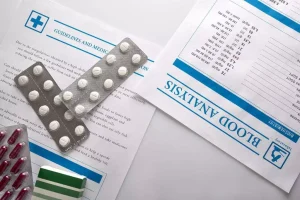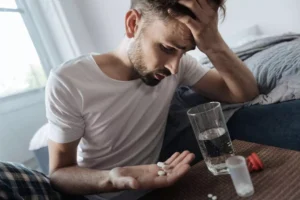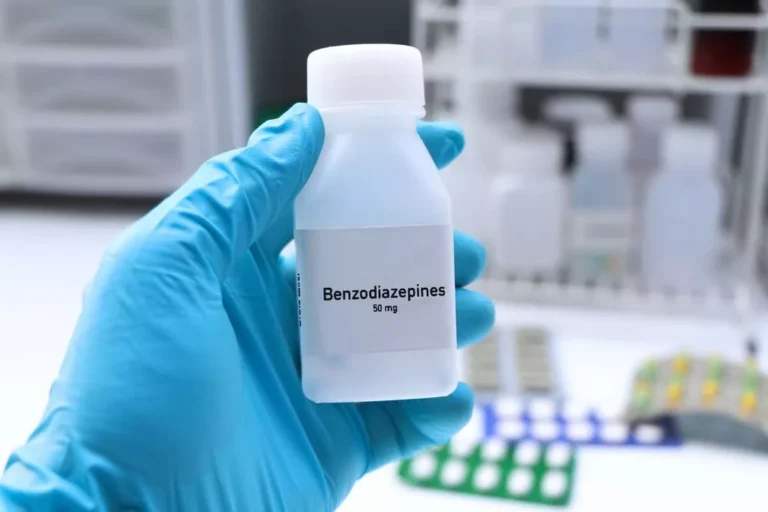
These changes in tolerance reflect the brain’s desensitisation (increased tolerance) and resensitisation (reduced tolerance) to alcohol at the cellular level. A person will enter the euphoric stage of intoxication after consuming 2 to 3 drinks as a man or 1 to 2 drinks as a woman, in an hour. You might have a slower reaction time and lowered inhibitions. As you drink, alcohol goes into your bloodstream and affects your brain and body functions. When you drink a lot, your body and brain functions slow down considerably. When people only drink on social occasions because they want to fit in—not because it’s a choice they would normally make—they drink less than those who drink mainly for other reasons.
- If you want to get a little more technical, ethanol is formed when yeast ferments the sugars in plants.
- Or friends may meet up without any clear agenda except to drink wine and talk.
- Read on to learn exactly why and how you go from drink to drunk.
- By drinking to cope, you’re avoiding dealing with the underlying problem(s), and your alcohol use can actually make them worse—for example, by interfering with relationships with family and friends.
In your brain and nervous system
- While for some people, it’s mild nerves, for others, it’s a wave of anxiety that feels impossible to ride out.
- Your brain produces antidiuretic hormone (ADH), which tells your kidneys how much water to retain.
- This cycle can be hard to break and can make you feel more anxious.
- I had to find and get rid of the empty cat food can to solve my cat’s trash can raids.
- In fact, once they sober up, there will be no carry-over from what in an altered state of consciousness they so boldly put on display.
While some find it fun to get a buzz from drinking alcohol from time to time, consuming too much of it can be downright dangerous. Usually a man will start to feel tipsy after consuming 2 to 3 alcoholic drinks in an hour. A woman will feel tipsy after consuming 1 to 2 alcoholic drinks in an hour. There is promising research that suggests knowing the motives of heavy drinkers can lead to interventions to reduce harmful drinking. For instance, one study found that tailoring counseling sessions to drinking motives decreased consumption in young women, although there was no significant decrease in men. It’s easy to see alcohol consumption being a result of thousands of years of ritual and a lifetime of habit.
- There is promising research that suggests knowing the motives of heavy drinkers can lead to interventions to reduce harmful drinking.
- Who you are and what you do alters the effects of alcohol has on your body.
Misperceptions About Alcohol-Induced Behavior
In the prefrontal cortex, the part of the brain you use for thinking and planning, the net effect is inhibition. That’s why your judgment is flawed, your decision-making is set to “whatever” and your ability to see things from any perspective other than your own approaches nil. The remarkable side effect of this general dimming is that your thoughts seem amazingly clear – which is nice – while in reality they are just what does being drunk feel like amazingly limited.

Four reasons why your tolerance for alcohol can change
It reduces stress by increasing the uptake of a neurotransmitter called GABA, the brain’s primary inhibitory molecule. (And by “inhibitory” I don’t mean that it makes you feel inhibited. Quite the opposite, of course.) By sending more GABA to your brain cells, alcohol works much like common tranquillising drugs such as Valium and Xanax. That’s why you start to stumble and slur if you drink too much. From a motivational perspective, social norms affect the value that individuals place on drug use.
But once people become addicted to alcohol, as many do, the fun of the high is eclipsed by two opposing fears. The fear of going without, versus the fear of being unable to stop. First there are the unpleasant bodily effects that plague big drinkers when they stop for a few hours or, worse, a few days. Add to that the emotional emptiness, depression, and increased stress responsiveness that overcome the drinker’s mood at the same time. Taken together, these effects make up what George F Koob calls the dark side of addiction. But I think the real bogeyman, the unbeatable Catch-22 when it comes to alcohol and other drugs, is the realisation that the thing you rely on to relax is the very thing that stresses you out the most.
